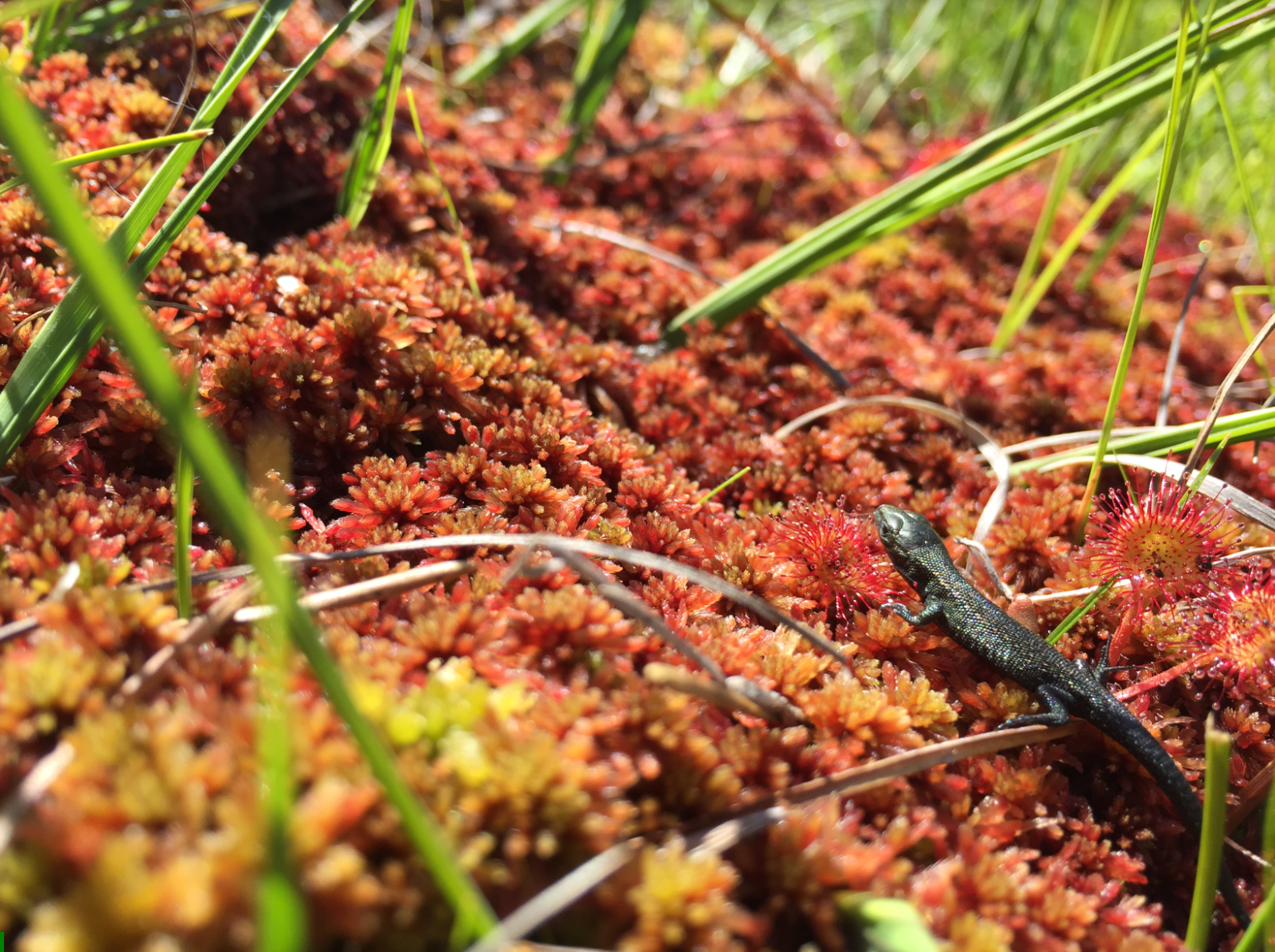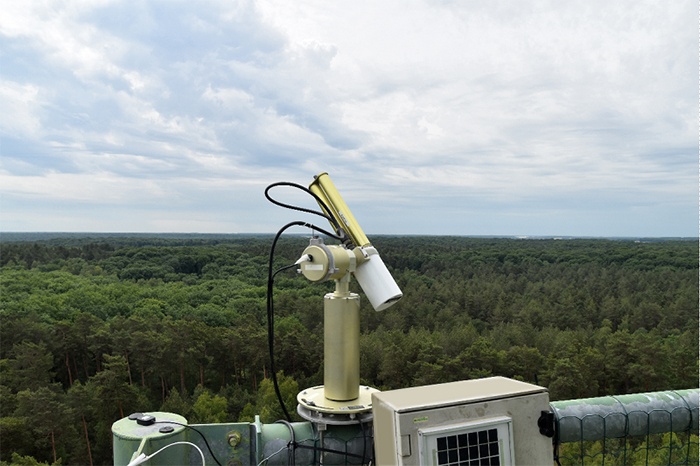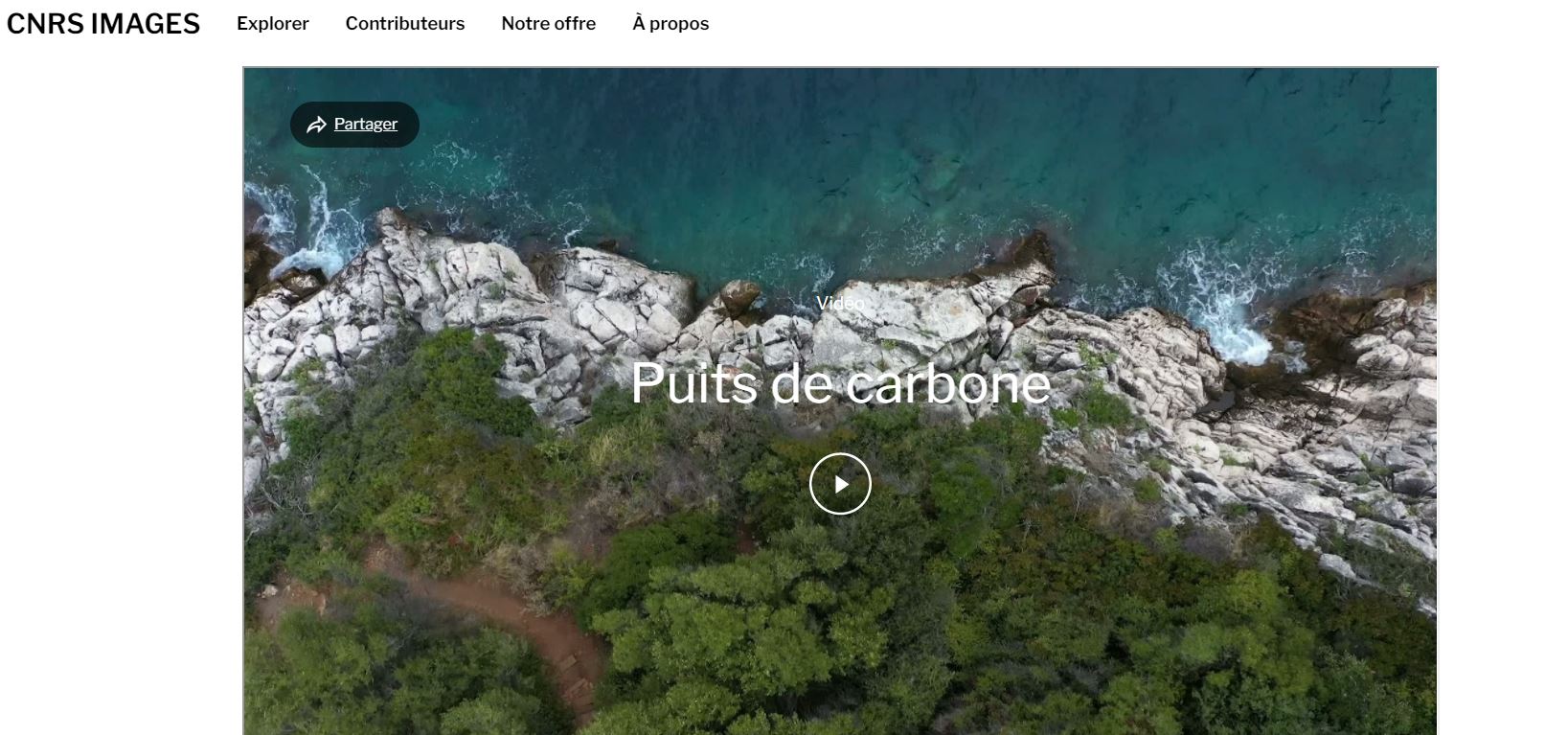“Global Deep Soil 2100” is a network bringing together experimenters, modellers and data users on experiments analyzing the warming of all ecosystems. A workshop to deepen the compilation, meta-analysis and modeling of data was organized at Sorbonne University as a hybrid meeting on four continents. It brought together 50 participants and was organized as an […]
Lire la suite / Read more







